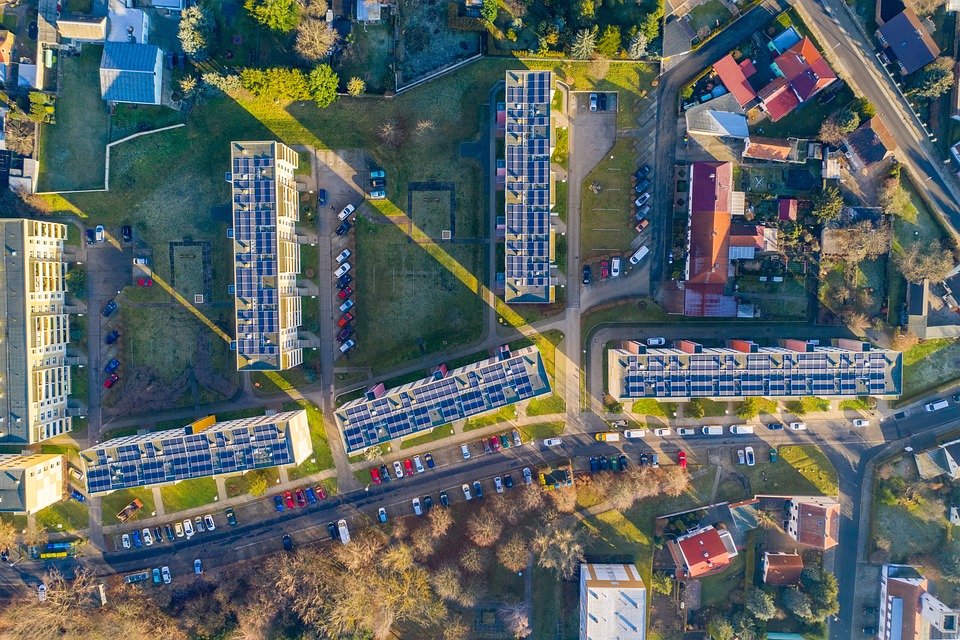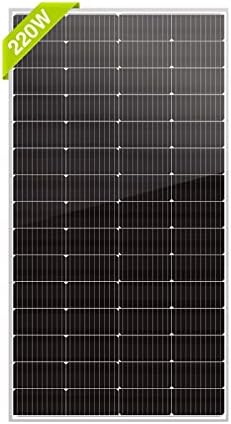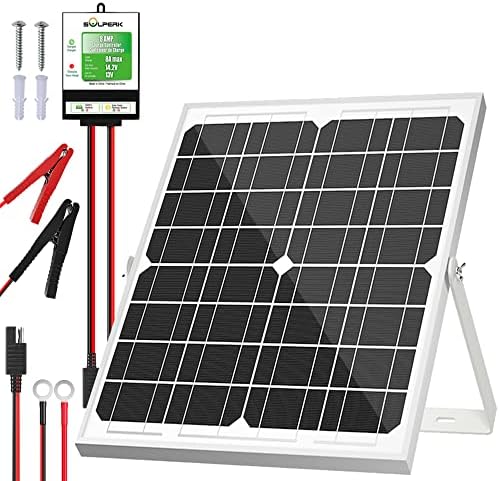# Unlocking the Sun: How Solar Panels Power a Sustainable Future
Every morning, I wake up to the soft glow of the sun spilling through my window, filling my space with warmth and light. It’s a gentle reminder of the power that lies just outside—our very own star. For years, I’ve harnessed this power via solar panels, a choice that transformed my home into a beacon of sustainability. The experience of generating clean energy from the sun was not just practical; it was liberating. Let’s embark on a journey to explore how solar panels are revolutionizing our lives and power future generations sustainably.
## The Solar Revolution: A Bright Beginning
Solar panels have emerged as a key player in the global push toward sustainability. As concerns about climate change and dwindling fossil fuel resources intensify, more people are turning their gaze toward the sun. By converting sunlight directly into electricity, solar panels provide an eco-friendly alternative that eliminates greenhouse gas emissions.
The journey of solar energy began in the 19th century when the photovoltaic effect was discovered. Fast forward to today, and we have sophisticated solar technology capable of powering everything from single-family homes to sprawling cities. This transformation has been nothing short of remarkable—solar energy is no longer just a niche solution; it’s becoming a mainstream choice for homeowners and businesses alike.
## How Solar Panels Work: A Simple Explanation
The basic principle behind solar panels is elegant in its simplicity. Solar panels are made up of photovoltaic (PV) cells, typically composed of silicon. When sunlight hits these cells, it excites the electrons within them, creating an electric current. This current is then converted from direct current (DC) to alternating current (AC) by an inverter, making it usable for everyday appliances.
1. **Photovoltaic Cells**: Solar panels, or solar modules, are made up of numerous PV cells. They absorb sunlight and convert it into electricity.
2. **Inverter**: The inverter is crucial—it transforms the DC electricity generated by the solar panels into AC electricity, which powers your home.
3. **Energy Storage**: If you opt for a battery system, excess energy can be stored for later use. This is particularly beneficial for nighttime or cloudy days.
4. **Net Metering**: Many utilities offer net metering, allowing solar panel users to sell excess electricity back to the grid, further enhancing the cost-effectiveness of the system.
## The Benefits of Solar Energy
### 1. Environmental Impact
Solar power is a clean and renewable energy source. Unlike fossil fuels, it does not emit harmful pollutants or contribute to global warming. By choosing solar, you actively participate in reducing your carbon footprint and helping to preserve the planet for future generations.
### 2. Energy Independence
Utilizing solar panels offers significant autonomy from traditional energy sources. You’re less at the mercy of fluctuating electricity prices. In fact, many solar panel owners find that their energy bills have significantly decreased or even disappeared entirely.
### 3. Economic Advantages
With advances in technology, solar panels have become more affordable than ever. Government incentives, tax credits, and rebates can reduce the upfront financial burden. Over time, the savings on energy bills can offset installation costs, making solar an attractive long-term investment.
### 4. Increase in Property Value
Homes equipped with solar panels often see an increase in resale value. Prospective buyers are increasingly looking for energy-efficient homes, meaning your investment can yield even greater returns in the future.
### 5. Job Creation
The solar industry contributes significantly to job creation. As more homeowners make the switch to solar, jobs in manufacturing, installation, and maintenance are proliferating. This green job market focuses on sustainable energy solutions, pushing communities toward a brighter future.
## Overcoming Challenges
While solar energy is a powerful solution, it’s essential to address misconceptions and challenges associated with it.
### Initial Cost
Though prices have dropped, the upfront cost can still be daunting. However, financial incentives and financing options are available to ease the transition. Many companies offer payment plans that allow homeowners to pay for their panels over time, making them more accessible.
### Weather Dependence
Solar panels are often seen as ineffective in cloudy or rainy climates. However, solar technology has advanced significantly. Panels can still collect energy on overcast days, and their overall efficacy is improving, even in less-than-ideal weather conditions.
### Space Constraints
Not everyone has unobstructed roof space for solar panels. Fortunately, there are alternative solutions like ground-mounted systems or community solar farms that provide options for those with limited roof space.
## Pro Tips for Maximizing Solar Energy Efficiency
Implementing solar power is just the first step; maximizing its efficiency is crucial for getting the most bang for your buck. Here are some pro tips to consider:
1. **Choose the Right System**: Assess your energy needs and consult with solar professionals to determine the best type of system for your situation. There are multiple systems available, from traditional rooftop panels to innovative solar shingles.
2. **Optimize Placement**: Location matters! Ensure your panels are installed at an optimal angle and in a sun-soaked location. Avoid shading from trees or nearby buildings.
3. **Regular Maintenance**: Regularly clean your panels and check for dust or debris that may obstruct sunlight. Most installations are self-cleaning during rain, but give them a gentle scrub if you notice a drop in efficiency.
4. **Monitor Performance**: Invest in solar monitoring systems. These tools will help you track your solar production and check for any irregularities in performance.
5. **Smart Home Integration**: Pair solar panels with energy-efficient appliances and smart home technology to further enhance energy savings. This integration allows for better energy management throughout your home.
## The Future of Solar Power
Looking ahead, the future of solar power is bright. Technological advances continue to improve the efficiency and affordability of solar systems. Innovations like bifacial solar panels, which absorb light on both sides, and improved battery storage solutions promise to make solar energy even more accessible.
Moreover, as more individuals and businesses adopt solar energy, the collective impact on the environment will grow exponentially. Solar energy is key to achieving sustainability targets and combating climate change, creating a healthier planet for future generations.
### Community Initiatives
Community solar projects are also on the rise, bringing solar energy to those who may not have access to personal solar systems. These collective projects enable neighbors to pool their resources and share the benefits of solar energy, reinforcing a sense of unity while promoting sustainability.
## Conclusion: Embrace Solar Energy for a Sustainable Tomorrow
In an era where sustainability matters more than ever, solar panels have emerged as a shining beacon of hope for a clean future. They offer an empowering solution for individuals seeking independence from traditional energy sources and a commitment to preserving the planet.
As you contemplate making the switch to solar, remember: every little bit counts. Whether you’re generating energy from your rooftop or participating in a community solar initiative, you’re making a choice that will have lasting effects on future generations.
So, let’s unlock the sun together! With solar panels powering our homes and communities, we’re not just harnessing energy; we’re harnessing hope, paving the way for a sustainable future that benefits us all. Let the rays of the sun illuminate your path toward a cleaner, greener tomorrow.



